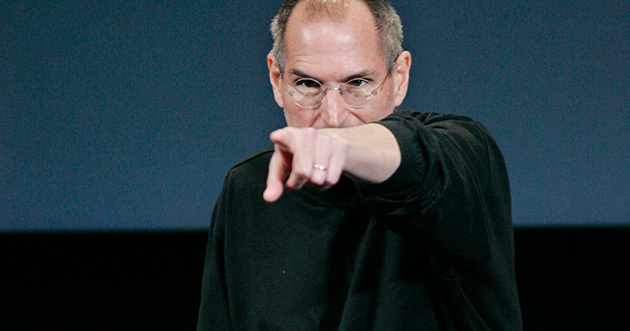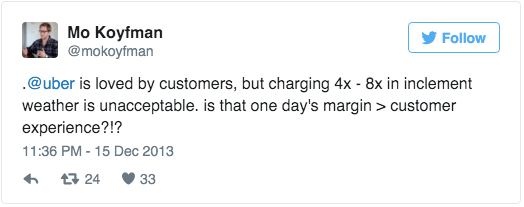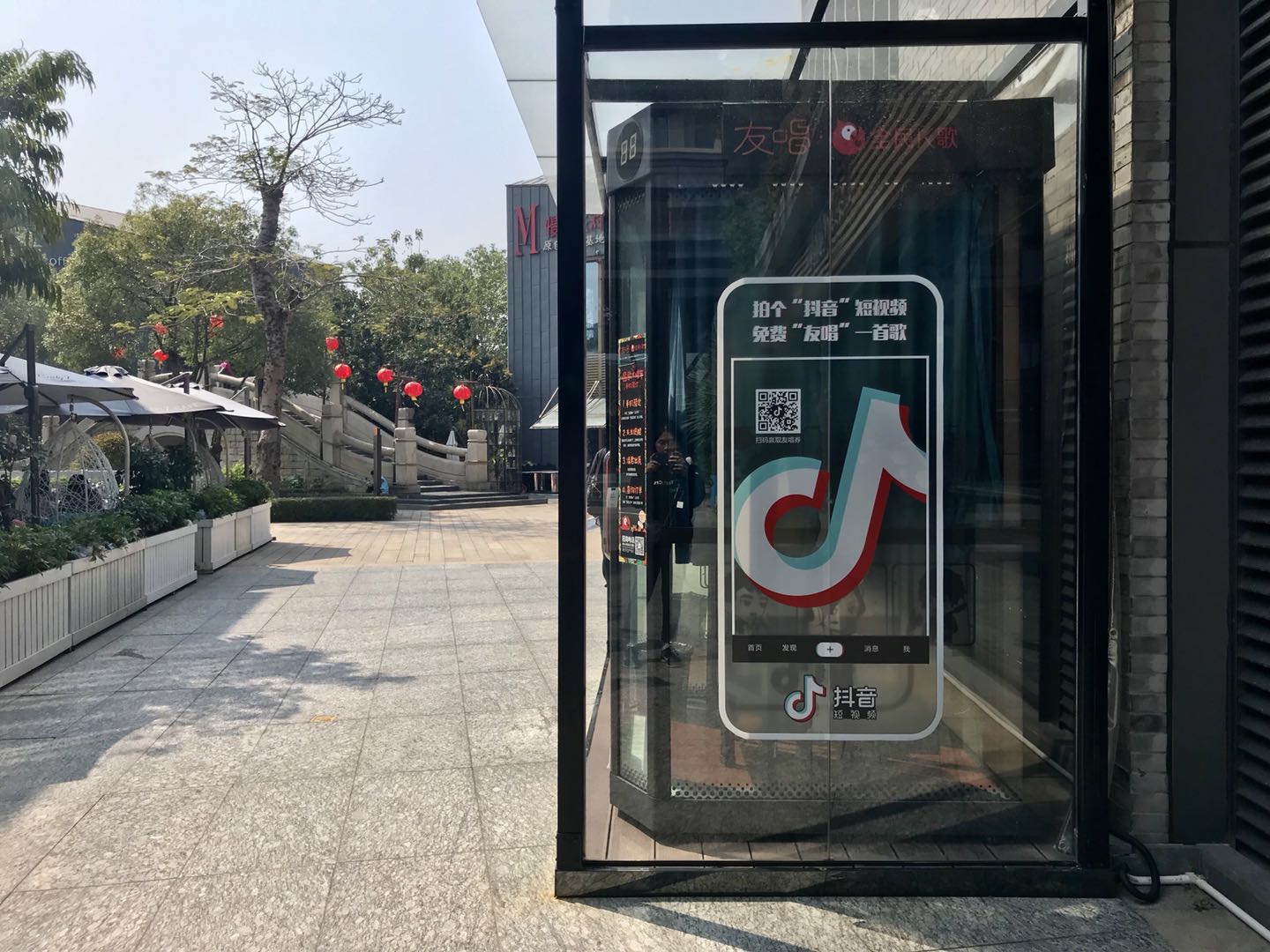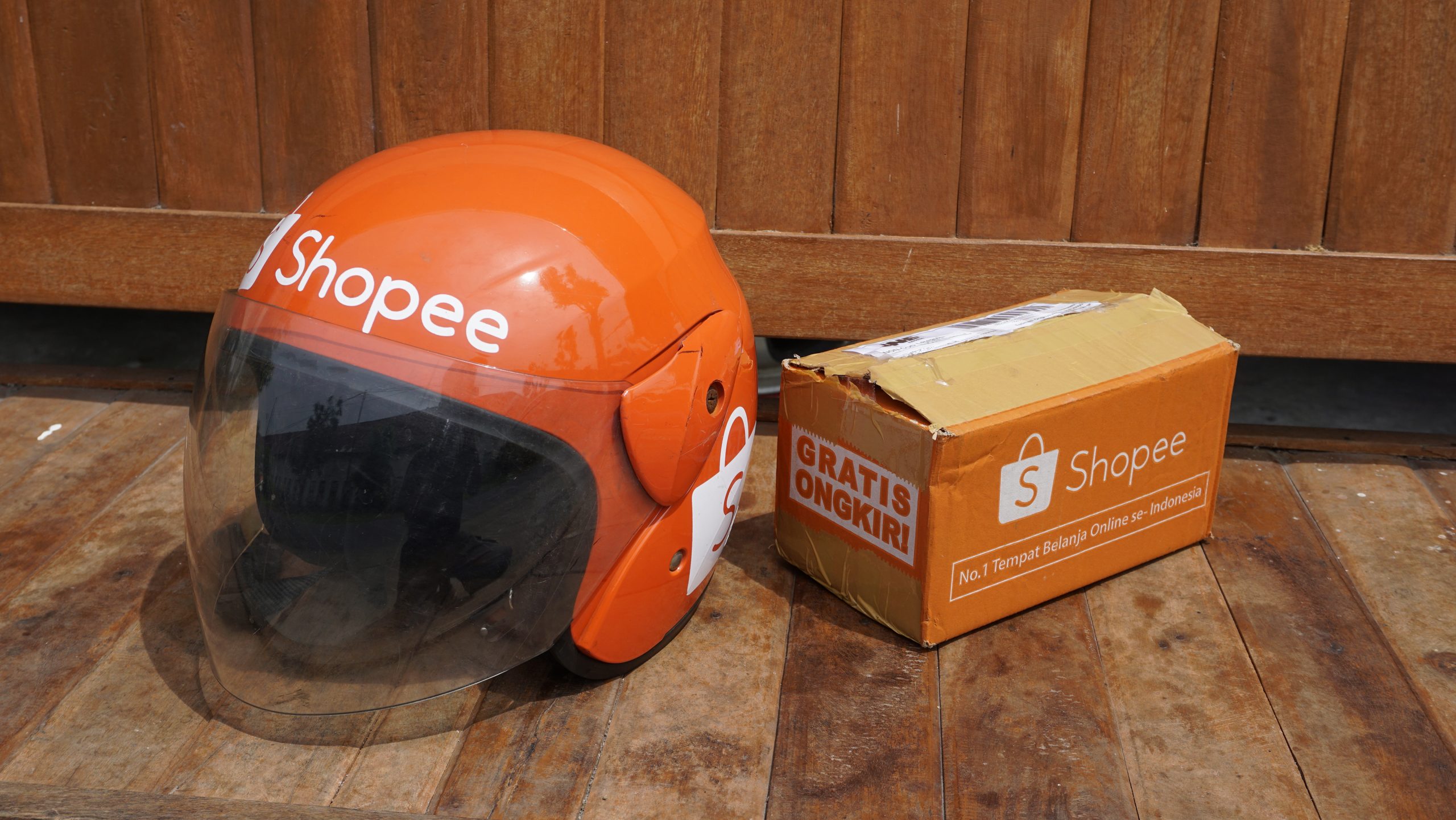I recently joined Greylock Partners as an Entrepreneur-in-Residence, where I’m exploring opportunities to start a new marketplace company. With the rise of the ‘uncollared’ worker and the growth of enabling technologies such as instant background checks (Checkr) and payments (Stripe/Adyen), we’ve only begun scratching the surface of these opportunities.
During my four years at Uber, I learned a lot about what it takes to build a massive marketplace. I wanted to share three somewhat counterintuitive aspects about marketplaces that are not always discussed, but are critical to get right.
1. May the supply be with you

Photo credit: Hero Complex
Most marketplaces are supply-constrained. In the early phases, you might struggle to generate demand but if a marketplace solves a pain point for consumers, demand usually outstrips supply pretty quickly.
Despite this fact, many marketplace companies tend to over-emphasize demand. As users, employees gravitate toward what they understand best, which is typically the demand side of the product. When was the last time you drove with Uber, hosted on Airbnb, or started a project on Kickstarter? This can create a gap in empathy regarding the supply side of the marketplace that must be consciously managed. Otherwise, you run the risk of slowing growth rates or even worse… creating an opportunity for a competitor that does a better job of tapping new sources of supply.
Once your marketplace starts to click, don’t be seduced by the dark side by skewing heavily towards demand… supply is the engine that fuels a great marketplace.
2. Don’t listen, show them

Steve Jobs, Apple founder
One of my favorite quotes about designing products is this from Steve Jobs:
“It’s really hard to design products by focus groups. A lot of times, people don’t know what they want until you show it to them.”
This is a truth for marketplace companies. When designing for multiple user bases, there’s one pool of “value” and it’s up to the company to decide how to divvy up the pie. This means when building marketplace products you have to be careful about listening to users, because what’s best for one side of the marketplace isn’t necessarily best for the overall health of the system.
A great example of this was how we implemented surge pricing at Uber. As recapped in this post, during the early days of Uber Boston, there just wasn’t enough supply (cars) to meet demand (riders) late night. Since last call is at 2am, there tends to be a huge spike in demand for rides between 1:30–2:30am. Furthermore, because of the late hour, many drivers headed home early. As an experiment, we decided to increase payouts to drivers (no changes occurred for riders) during late night and eureka!… drivers stayed out longer. Dynamic pricing makes Uber more efficient, allowing ETAs to stay short and drivers to complete more trips.
However, riders and the media have historically called for Uber to turn off or limit surge pricing:

Had Uber only listened to the rider feedback, fewer drivers would remain online and thousands of people would be stranded each week during inclement weather and late hours. This would greatly compromise Uber’s mission to deliver transportation as reliably as running water. Instead, the company relentlessly worked to make the service more affordable and reliable by introducing new features such as uberPOOL and surge drop notifications.
3. Easy to play, hard to master

Photo credit: Barney Moss
Did you know that there are 288 billion possible positions on a chess board after each player takes four turns each? Pretty amazing, considering there are only 32 pieces on the board (and six different types).
Like chess, building a marketplace is governed by simple rules — for example, the goal of a two-sided marketplace is to balance supply and demand. However, you can approach a goal thousands of different ways.
Take Amazon as an example. Their marketplace (and entire) business is driven by a simple set of principles, as described in The Everything Store by Brad Stone:

Bezos and his lieutenants sketched their own virtuous cycle, which they believed powered their business. It went something like this: lower prices led to more customer visits. More customers increased the volume of sales and attracted more commission-paying third-party sellers to the site. That allowed Amazon to get more out of fixed costs like the fulfillment centers and the servers needed to run the website. This greater efficiency then enabled it to lower prices further. Feed any part of this flywheel, they reasoned, and it should accelerate the loop.
These few tenets guided Amazon’s approach to supply and demand, but let’s start listing all the ways the company goes about just one of the activities — lowering prices:
- Asking employees to build desks from used office doors
- Building huge warehouses and fulfillment centers
- Stocking 3rd party goods alongside their own
- Using robots instead of humans for order fulfillment
- Free shipping on orders over $25
- Free two-day shipping for Prime members
- And hundreds of other things we don’t know about…
Simply having a great idea or initial product isn’t sufficient to create a great marketplace company — moving supply and demand as quickly as possible requires not only product and engineering, but also supporting teams (e.g., finance and operations) to fire on all cylinders towards a common goal.









